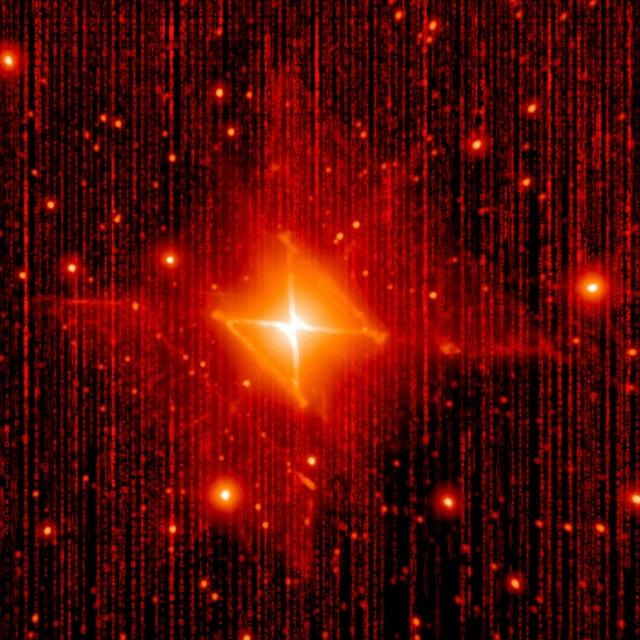MOOC List is learner-supported. When you buy through links on our site, we may earn an affiliate commission.

MOOC List is learner-supported. When you buy through links on our site, we may earn an affiliate commission.
Regardless of whether you’re already a scientist, studying to become one, or just interested in how modern astronomy works ‘under the bonnet’, this course will help you explore astronomy: from planets, to pulsars to black holes.
Each week will also have an interview with a data-driven astronomy expert.
Note that some knowledge of Python is assumed, including variables, control structures, data structures, functions, and working with files.
Syllabus
Week 1
Thinking about data
- Principles of computational thinking
- Discovering pulsars in radio images
This module introduces the idea of computational thinking, and how big data can make simple problems quite challenging to solve. We use the example of calculating the median and mean stack of a set of radio astronomy images to illustrate some of the issues you encounter when working with large datasets.
Week 2
Big data makes things slow
- How to work out the time complexity of algorithms
- Exploring the black holes at the centres of massive galaxies
In this module we explore the idea of scaling your code. Some algorithms scale well as your dataset increases, but others become impossibly slow. We look at some of the reason for this, and use the example of cross-matching astronomical catalogues to demonstrate what kind of improvements you can make.
Week 3
Querying data using SQL
- How to use databases to analyse your data
- Investigating exoplanets in other solar systems
Most large astronomy projects use databases to manage their data. In this module we introduce SQL - the language most commonly used to query databases. We use SQL to query the NASA Exoplanet database and investigate the habitability of planets in other solar systems.
Week 4
Managing your data
- How to set up databases to manage your data
- Exploring the lifecycle of stars in our Galaxy
This module introduces the basic principles of setting up databases. We look at how to set up new tables, and then how to combine Python and SQL to get the best out of both approaches. We use these tools to explore the life of stars in a stellar cluster.
Week 5
Learning from data: regression
- Using machine learning tools to investigate your data
- Calculating the redshifts of distant galaxies
This module introduces the idea of machine learning. We look at standard methodology for running machine learning experiments, and then apply this to calculating redshifts of distant galaxies using decision trees for regression.
Week 6
Learning from data: classification
- Using machine learning tools to classify your data
- Investigating different types of galaxies
In this final module we explore the limitations of decision tree classifiers. We then look at ensemble classifiers, using the random forest algorithm to classify images of galaxies into different types.
MOOC List is learner-supported. When you buy through links on our site, we may earn an affiliate commission.
MOOC List is learner-supported. When you buy through links on our site, we may earn an affiliate commission.
